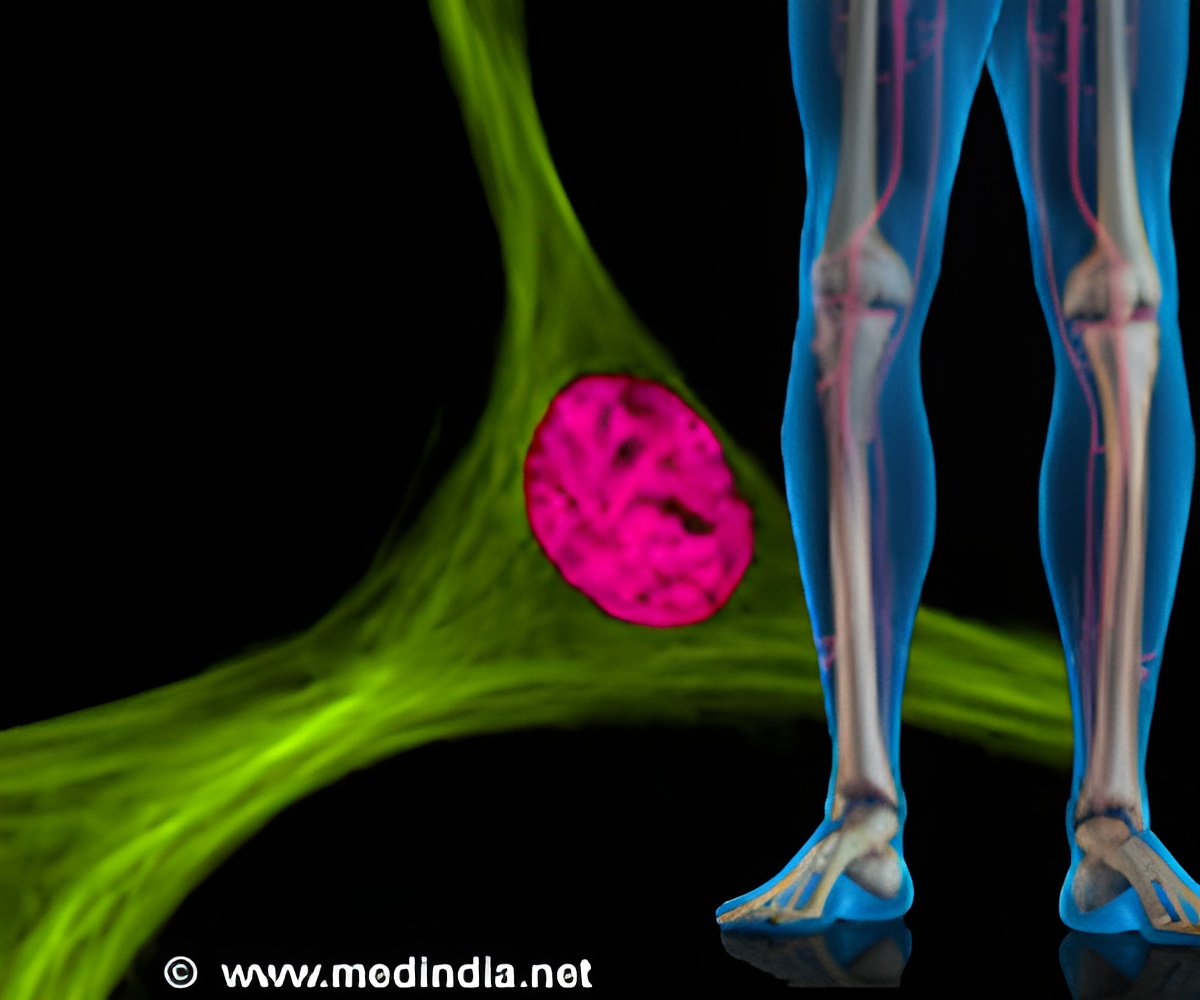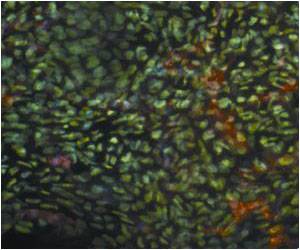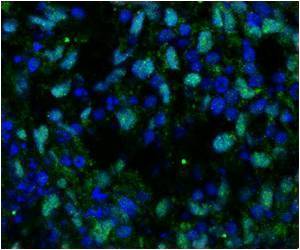A new method for preparing MSCs that leads to the production of native stem cells, and labels them with FDA approved Ferumoxytol has been developed by researchers.

‘A new method for preparing mesenchymal stem cells (MSCs) that not only leads to the production of more native stem cells, but also labels them with a FDA approved iron-oxide nanoparticle (Ferumoxytol) has been developed by researchers.’





A new method for preparing mesenchymal stem cells (MSCs) that not only leads to the production of more native stem cells, but also labels them with a FDA approved iron-oxide nanoparticle (Ferumoxytol) has been developed by researchers led by Carnegie Mellon University Professor of Biological Sciences Chien Ho. The technology could allow researchers to track the cells in vivo using magnetic resonance imaging (MRI) during preclinical and clinical trials. The findings are published by Scientific Reports.
More than 360 registered clinical trials are using MSCs, but the results have been mixed, with some patients reacting well and others not responding to the stem cell treatment. To understand why these results can be so variable, researchers need to be able to track the stem cells as they migrate through the body to see if they reach and graft to the appropriate site. To do this, researchers could label the stem cells with a superparamagnetic iron-oxide (SPIO) contrast agent and image the patient using MRI.
Ferumoxytol is the only SPIO nanoparticle that has been approved by the FDA, but researchers have not been able to label MSCs with Ferumoxytol in cell culture (ex vivo) without the help of a transfection agent. Transfection agents are undesirable because they can change the cells' biology and inhibit their effectiveness.
Furthermore, researchers have had difficulty culturing the large amount of cells needed for clinical dosing. Current methods also result in cells of different sizes and functionalities. Smaller, round cells are preferable because they show a higher capacity for regeneration and differentiation.
Advertisement
The resulting MSCs retain their optimal size and regeneration capabilities and can internalize Ferumoxytol for cell tracking. Because MSCs are multi-potent, this new methodology can prepare more native cells for applications in cell therapy and regenerative medicine.
Advertisement













